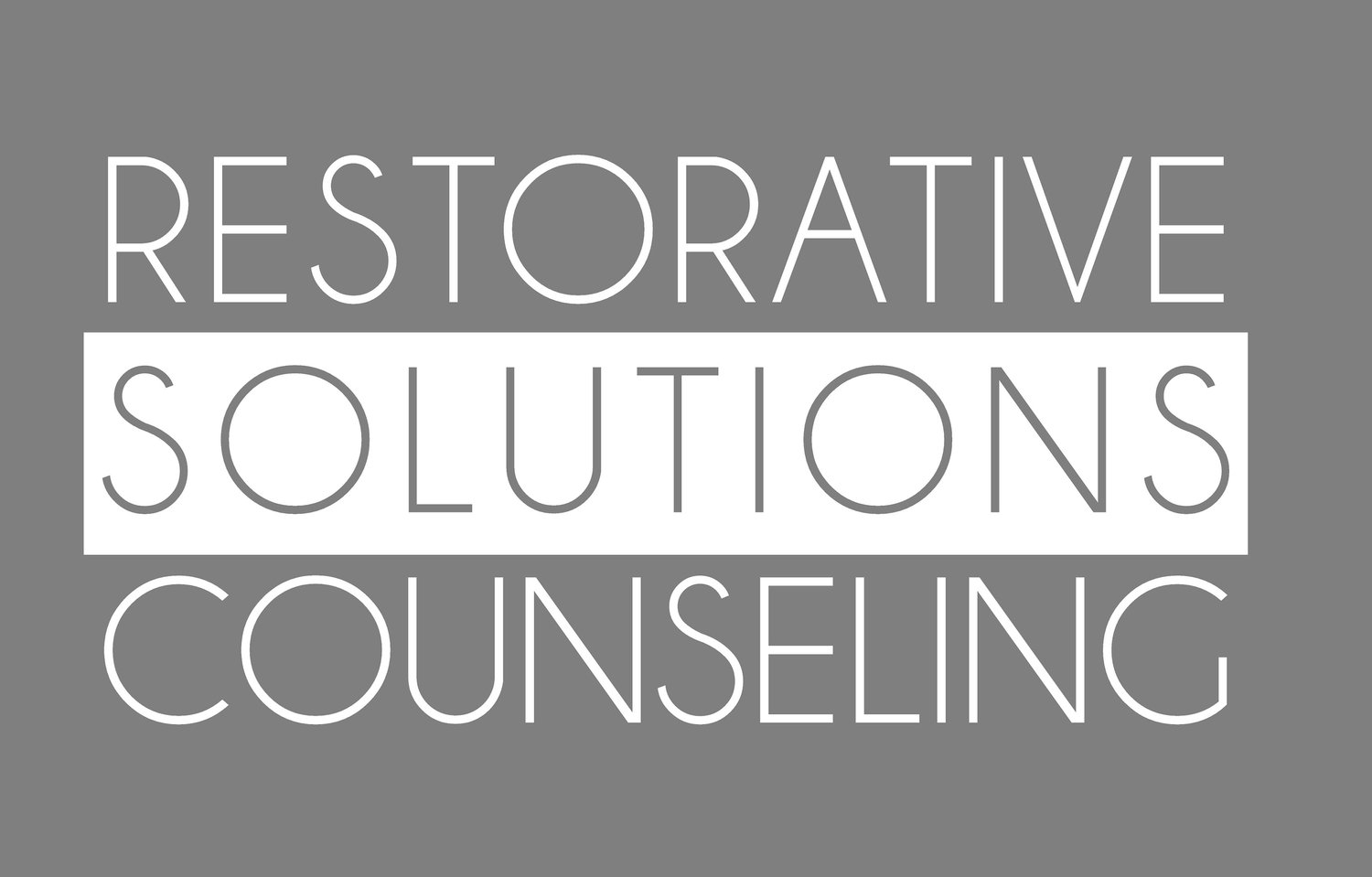Sometimes when I think about the anxiety problems that some people experience, I think about a book that I used to read to my kids when they were very little. The book was in a “Trucktown” series and this one involved Cement Mixer Melvin. Melvin was a worrier, and at one point he says, “I’m worried I might get worried.” I know it was a kids book and all, but I always felt like they nailed that line. Anxiety is a completely normal feeling and a part of the human experience for everyone…and yes, I also mean people who always seem completely calm. When people are experiencing “anxiety problems,” however, they often have a very meta-type of experience where they get anxiety about the idea of being anxious. If you don’t struggle with anxiety and you think that sounds exhausting, you’re right.
Typical symptoms** that people with anxiety disorders experience are:
Extreme nervousness
Helplessness
A sense of panic or upcoming danger
Increased heart rate
Trouble breathing and hyperventilation
Sweating
Trembling
A sense of overwhelm about whatever triggered their panic
There are all kinds of things that we can do to help relieve anxiety symptoms. A common technique is taking slow controlled breaths. There are a lot of different types of breathing techniques:
Breathing out slightly longer than we breathe in
Emphasizing movement with the belly while we breathe
Practice 4 square breathing by taking a slow breath in for 4 seconds, holding that for another 4 seconds, breathing out for 4 seconds, and holding with no air for another 4 seconds.
Different techniques work better for different people, but the point of deep breathing is to start regulating the body. This won’t get rid of anxiety, though, which is probably why some people tell me, “Deep breathing doesn’t work.” The point isn’t to rid the body of anxious feelings. The point is to get ourselves a little better regulated so that we can function even though we still feel anxious.
I often describe anxiety like a big scary-looking monster that grows even bigger when we hide from it. Anxiety feels uncomfortable, and it is natural to want to avoid the things that make us feel uncomfortable. The problem that starts to happen, though, is that this can reinforce the anxiety. When we hide from the scary monster and it gets bigger, we’re even more terrified of it the next time.It is tempting to avoid anxiety by scrolling through our phones or keeping so busy that we can’t possibly think about what makes us anxious, but that just tricks the brain into thinking that this normal human feeling is something threatening and to be avoided at all costs. Unfortunately, this isn’t an effective strategy because we start to avoid more and more things, which actually creates more anxiety. When we summon the courage to face the monster we can finally see that it can’t actually hurt us, and it starts to shrink a little at a time. That’s why a part of learning to reduce our anxiety is learning to sit* with it. If we mindfully allow ourselves a moment to explore our body sensations and the anxious thoughts we experience, we can better understand the feelings. In order to mindfully explore this, imagine yourself as a detective with a magnifying glass gathering information:
What does my body feel like?
How fast is my breathing and my heartbeat?
Are my muscles tight anywhere in my body?
What are the things I’m telling myself right now?
Charlotte Lieberman* with Harvard Business Review suggests:
Identifying and getting to know your anxiety. Lieberman suggests that thinking of anxiety as a problem that must be fixed pits us in a battle against ourselves. Instead, exploring the anxiety (like with the mindful techniques mentioned above) can help us to understand these feelings better.
Choosing an anchor. Our habits and patterns can keep us better grounded. Pick some things that you will make yourself do on a daily basis, whether you feel like it or not, in order to provide yourself with some structure. These things can truly be anything.
Reframing self-discipline as self-kindness. Sometimes the idea of self care can seem like an extra thing to add to your to-do list. This isn’t the point. Instead of thinking of self care as “something else I have to do,” consider thinking about it as something that you can choose to do which will make you feel better. Let’s say you want to relax, and the go-to is scrolling through your phone. If that genuinely makes you feel better, who am I to argue? However, if it tends to make you feel worse afterward, consider swapping that with something more effective for relaxation.
Visualizing positive change. Some of the things that we know would be good for us seem hard to do. Imagine that you were talking to a friend and offering encouragement about what would help them, and use that same talk toward yourself. Be kind and encouraging to yourself, like a good friend who wants what is best for you. Then imagine achieving the results that you are looking for.
There is no one-size-fits-all solution for anxiety problems and anxiety disorders. Often counseling is necessary for people to achieve the progress that they want to see in themselves. If you take nothing else from this blog, try to remember that anxiety isn’t to be feared. It can be uncomfortable, but it can also drive us to get better. It can also let us know that we are about to do something important.
